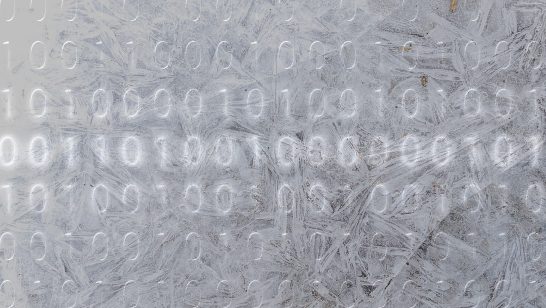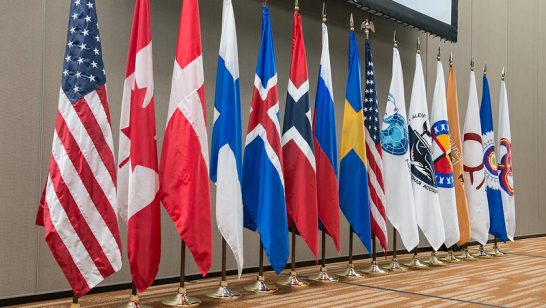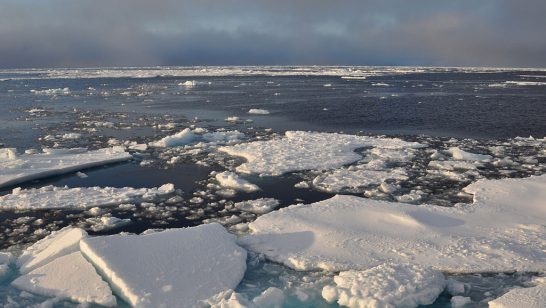
Both Russia and NATO member states are increasing their military presence and activities in the Arctic, and threat perceptions on both sides are intensifying. Although there are various frameworks for regional and sub-regional cooperation – most notably the Arctic Council – none of them address military security issues. In addition, since 2014, important platforms for security cooperation, such as the Arctic Security Forces Roundtable and the Arctic Chiefs of Defence Staff meetings, have been suspended or held without Russian participation.
At the moment, there is no Arctic forum in which hard security issues could be discussed that also includes Russia.
The Open Skies Treaty has provided a positive and important framework for transparency, arms control and confidence-and-security-building measures, which is highly relevant to the Arctic. Yet at present, the fate of the Open Skies Treaty is uncertain. Following the U.S. exit from the Treaty, on 15 January 2021 the Russian Foreign Ministry announced that it would initiate domestic procedures for withdrawal as well, which will likely conclude in the beginning of June, but indicated that this decision could be reversed if the U.S. signals its willingness to rejoin. This paper demonstrates the continued relevance of the Open Skies regime for Arctic security. It first outlines challenges that the Open Skies regime faces for conducting Arctic overflights, and then looks at opportunities it presents for enhanced cooperative security.
Even if the Treaty falls apart, cooperative aerial observation in a different format has an important and useful role to play in mitigating military security risks and, potentially, addressing environmental challenges in the region.
With increased transparency, Arctic states can replace unwarranted fears and worst-case assumptions with facts that are collected collaboratively.
This chapter was originally published by the North American and Arctic Defence and Security Network (NAADSN) on 26 March 2021. The authors are grateful to the editors of On Thin Ice? Perspectives on Arctic Security for the permission to republish the report with minor updates.
The opinions articulated above represent the views of the author(s) and do not necessarily reflect the position of the European Leadership Network or any of its members. The ELN’s aim is to encourage debates that will help develop Europe’s capacity to address the pressing foreign, defence, and security policy challenges of our time.
Image: NASA/Michael Studinger




